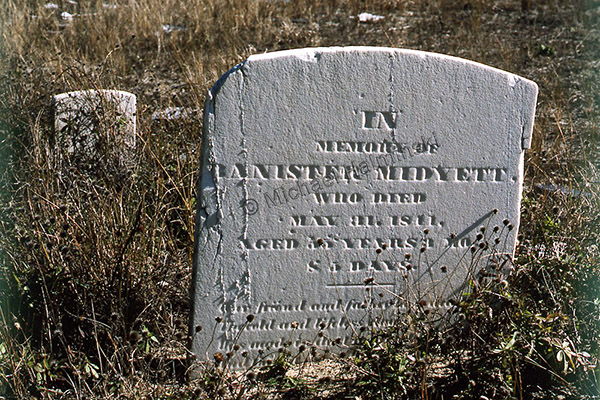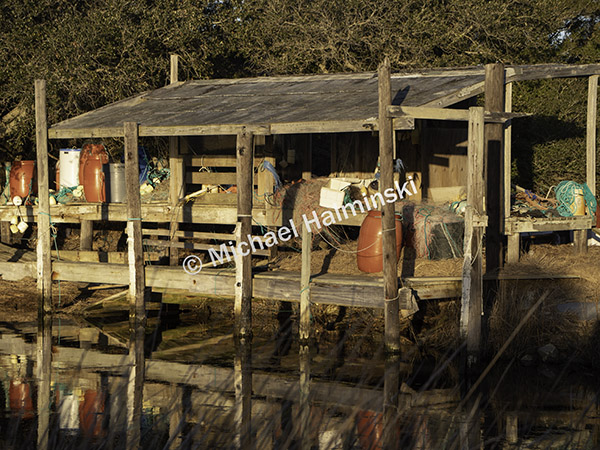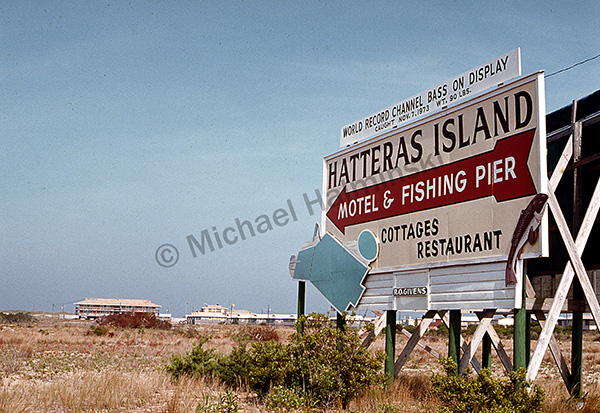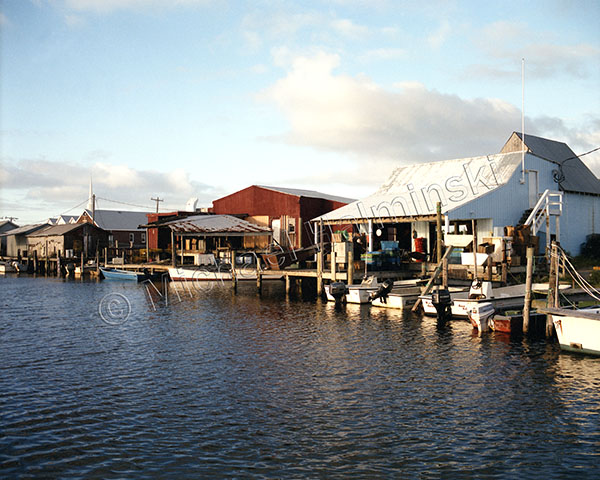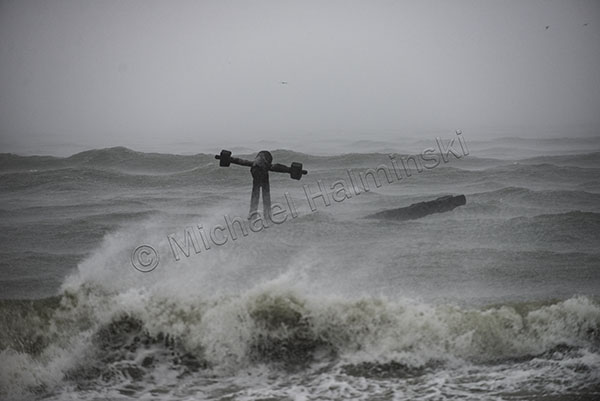My house sits on acreage bordering the Pamlico Sound. Much of it is salt marsh that blends into slightly elevated land with natural vegetation, including live oak, red cedar and yaupon holly. I built a home here and have lived on the property for 37 years.
The land was part of the Clarence E. Midgett estate and I have Midgett family members living all around me.
I’ve enjoyed this natural setting and history. Early on I admired a nearby grave. Banister Midyett’s headstone stands just a few feet over my north property line. He was born February 26, 1786 and died May 31, 1841 at the of age 55. He reportedly fathered 18 children. The name of Midgett has morphed into different spellings throughout history, but they all seem to be related. They must have been among the first Europeans to settle Hatteras Island as shipwreck survivors.
Another artifact close to my home is a disintegrating wooden skiff, tangled in overgrowth. There would be some captivating stories if it could talk. It likely belonged to I D Midgett, who passed recently at 92 years. He was a quintessential Hatterasman, making a living on the water as a ferry boat captain and commercial fisherman.
I D’s family built this structure to store fishing gear and as a place to bring in the daily catch. The past few years however, it’s seen very little use. As a local livelihood, commercial fishing has become an anachronism.

